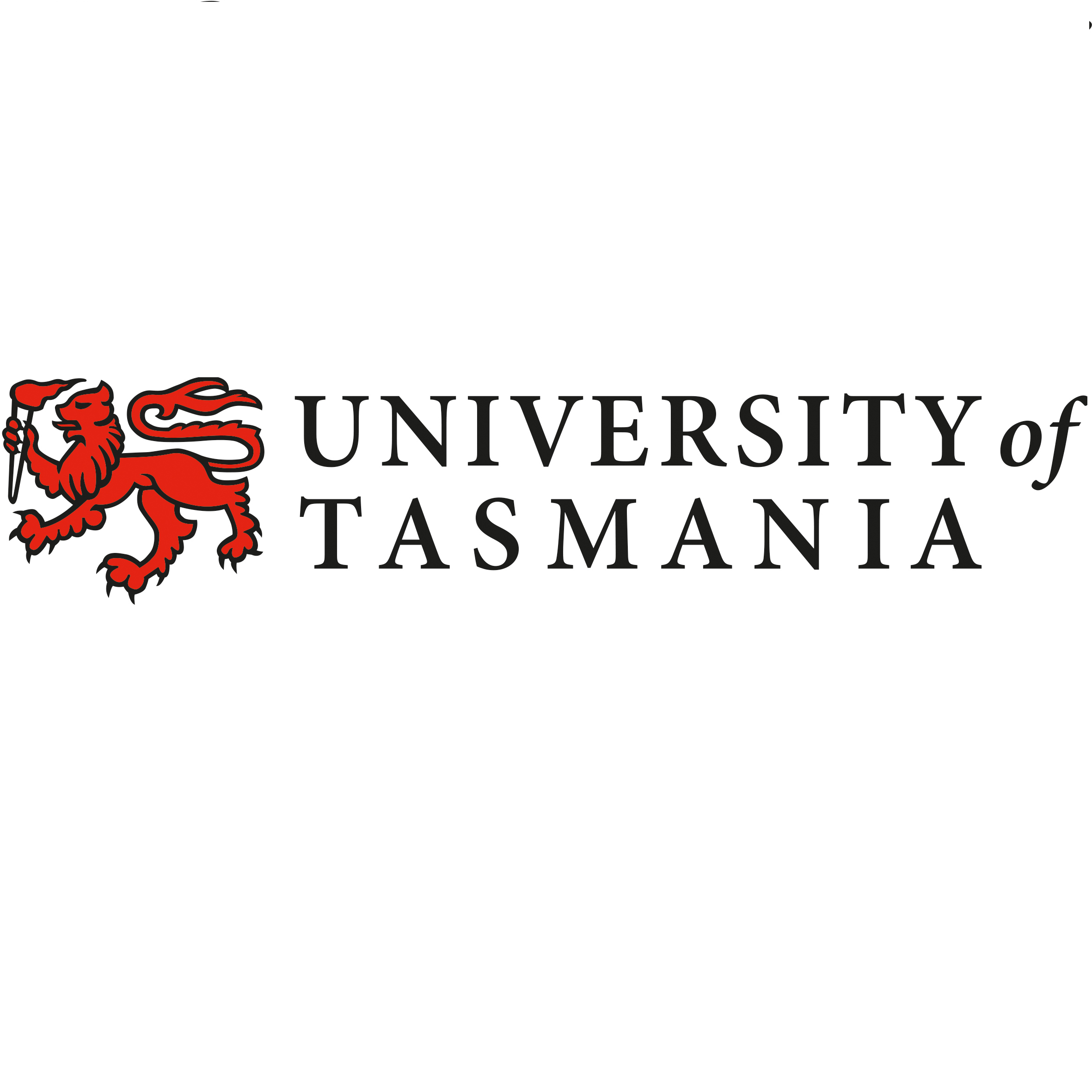Brief description
This study assessed the spatial and temporal (horizontal and vertical) distribution of Asterias amurensis larvae in the Derwent Estuary and adjacent Storm Bay, SE Tasmania.
Horizontal transport and development was assessed by collecting plankton samples at 2 or 4 week intervals, from July to December 2001, at 4 sites in the Derwent Estuary and 6 sites in Storm Bay.
The effects of light and salinity on vertical distribution of larvae was examined over a 24 hour tidal and diel cycle.
Lineage
Maintenance and Update Frequency: notPlanned
Statement: Larvae were collected in the Derwent Estuary at several sites, from the Port of Hobart to the mouth of the estuary, and from the adjacent inshore waters of Storm Bay.
Horizontal distribution
Plankton samples were collected at four sites within the Derwent Estuary and six sites in Storm Bay. The sampling strategy included paired sites on both shores of the estuary, a site at the mouth of the estuary and stations in Storm Bay, which was likely to be in the path of water exiting the Derwent Estuary. Three replicate plankton samples were taken at sites once a month from September to December 2001. From July to December a 2-4 times weekly sampling strategy was used at Sullivans Cove.
Plankton samples were collected using a weighted free-fall vertical drop net to sample the entire water column (75cm mouth diameter, 100um mesh). The net was fitted with a depth gauge and choke collar to prevent the net from sampling on retrieval. The net fall rate was 0.8m/s. The net was allowed to fall to as close to the bottom as possible. The volume of water filtered was estimated as a product of the maximum depth sampled by the area of the mouth of the net. One plankton sample from each station was fixed in 70% or 90% ethanol for genetic testing and all other samples fixed in unbuffered 10% formaldehyde/seawater solution, then stored until sorted.
Vertical distribution
To assess the vertical distribution and abundance of larvae in the field, larvae were collected at Sullivans Cove during a first quarter moon tidal period at four time intervals (dawn=0540-0900, day=1100-1400, dusk=1820-2120, night=2340-0300) on 21 October 2001. On each occasion, 3 replicate samples were taken at each of 4 depths: just below the surface, 1m below the halocline at 3m, mid-depth at 7m and 1m above the bottom, at a depth of 12m. All samples were collected using a petrol-driven diaphragm pump. Larvae were collected by pumping water from each depth stratum for ten minutes with the pumping rate held constant at 210 L/min, in other words sampling an average of 2 m-3 of water for each replicate sample. Filtration was achieved by directing the outflow of the pump into a partially submerged plankton net (100um mesh) to minimise damage to the larvae. All samples were fixed in an unbuffered 10% formalin seawater solution. Vertical profiles of temperature and salinity were taken using a salinity/temperature meter (WTW Microprocessor conductivity meter LF 196) before sampling commenced.
Notes
Credit
Department of Sustainability and Environment (DSE), Victoria
Purpose
To investigate temporal and spatial (horizontal and vertical) dispersal of introduced northern Pacific seastar larvae in the Derwent Estuary, SE Tasmania.


